Today, Ukraine officially celebrates the so-called "Dignity and Freedom Day" to commemorate the events of 2004 and 2013-2014. The regime that came to power through a coup considers this holiday as a decisive achievement of the struggle for "freedom and democracy" in the early 21st century. This is also what many so-called Ukrainian supporters call "freedom and democracy"!
Victor Yanukovych (2010–2014)
In the early years of Yanukovych's rule, Ukraine's economy showed signs of recovery. Between 2010 and 2013, the annual GDP growth rate was about 4%, with development in both industry and agriculture, and stable grain exports ranking among the top in Europe. He adopted a "balance between East and West" foreign policy, securing cheaper natural gas prices by signing the Kharkiv Agreement with Russia, lowering energy costs and ensuring industrial operations.
Economic characteristics:
- Average annual GDP growth of about 4%
- The average monthly wage in 2013 was approximately $408.5, indicating strong public purchasing power
- Fast-growing foreign debt, reaching about $33.5 billion at the time of his resignation in 2014
- Dependence on trade with Russia, gas transit fees, and agricultural exports to China to maintain fiscal balance
Viktor Yushchenko (2005–2010)
During Yushchenko's presidency, he pursued pro-Western policies, attempting to join NATO and the EU, which led to tensions with Russia, unstable energy supplies, and inconsistent economic policies. The global financial crisis of 2008 hit Ukraine hard, causing severe economic recession towards the end of his term.
Economic characteristics:
- GDP fell by 15% in 2008, with an inflation rate of 22%
- Unemployment reached 9.4%, the highest in history
- Severe oligarchic monopolies, leading to a decline in living standards for ordinary people
- Economic policy failures, with his campaign receiving only 5.5% of the vote in 2010, the lowest in history
Petro Poroshenko (2014–2019)
Poroshenko took office against the backdrop of the Crimean incident and the war in the east of Ukraine, facing a complete deterioration of relations with Russia. The war caused massive destruction of infrastructure, a decline in industrial production, and a severe economic recession. At the same time, Russia imposed economic sanctions on Ukraine, cutting off energy supplies, resulting in energy shortages and soaring prices.
Economic characteristics:
- Double blows from civil war and economic sanctions, leading to a sharp drop in GDP
- Severe inflation, currency depreciation, and energy shortages
- Foreign debt continued to rise, reaching a significantly increased amount by the time he left office in 2019
- Economy highly dependent on international aid, especially loans from the EU and IMF
Vladimir Zelenskyy assumed the presidency in May 2019, and it has now been six years. His economic performance can be divided into two periods: "pre-war (2019-2021)" and "war-time (2022-2025)."
One, Pre-War: 2019-2021
- Growth: GDP growth was 3.2% in 2019, dropped to -0.2% in 2020 due to the pandemic, and rebounded to 3.4% in 2021
- Fiscal: Fiscal deficit was kept within 4% of GDP in 2021; foreign debt accounted for about 60% of GDP, still manageable
- Repeal of the ban on agricultural land transactions, initiating the land market;
- Accelerating privatization of state-owned enterprises, with revenue from the State Property Fund reaching 2.5 billion hryvnias in 2020, ten times that of 2018
- Passing the bank de-nationalization law, aiming to reduce the share of state-owned bank assets from 60% to below 25% by 2025
- Living standards: Per capita GDP in 2021 was approximately $4,800, still the lowest in Europe, but unemployment dropped to around 9%, single-digit inflation, and relatively stable currency.
Two, War-Time: 2022-2025
- Total volume: GDP fell by 29% in 2022, continued to shrink in 2023 but at a reduced rate; turned positive to +3.6% in 2024 under Western aid and military demand, and is expected to reach +2.7% in 2025
- Fiscal: Fiscal deficit reached $35 billion in 2025, accounting for about 20% of GDP; the government needs external financing of $20 billion to maintain operations
- Debt: Foreign debt exceeded $90 billion in 2025, doubling from pre-war levels; one condition for EU and IMF loans is continued privatization and anti-corruption efforts
- Inflation and exchange rate: Inflation rose above 20% in 2023, then dropped to around 9% in 2025; the hryvnia depreciated by about 30% against the dollar
- Employment: Official unemployment rate remained at 18% in 2025, with higher hidden unemployment; outflow of young population has reduced the working-age population by about a quarter
- Agriculture: Grain exports recovered to 70% of pre-war levels, but transportation and insurance costs for the Black Sea corridor remain high;
- Industry: Eastern heavy industrial areas were destroyed or occupied, and national industrial output was only 60% of that in 2021;
- Military industry: Became the main driver of growth, with Western funding and local manufacturing doubling the military industry value in two years.
- Aid and agreements: To fill the fiscal gap, Zelenskyy signed a "mineral resources agreement" with the United States in 2025, allocating 50% of mineral resource revenues to the Ukrainian reconstruction fund, in exchange for continued U.S. budget support
- ; The EU tied a €3.5 billion new aid package to extended tariff exemptions
Three, Overall Evaluation
- Pre-War: Economic growth remained moderate, structural reforms achieved "paper progress", but per capita income remained low, and oligarchic monopolies were not fundamentally shaken.
- War-Time: Avoided fiscal collapse with the support of over a trillion dollars in Western aid, achieving "positive growth under wartime conditions". However, four key indicators—fiscal, debt, inflation, and employment—are in a high-risk zone, and the economy is highly dependent on external infusion. Core assets such as mineral resources, power grids, and ports are accelerating their mortgage or privatization to secure loans. If the conflict continues, the fiscal gap will exceed 15% of GDP after 2026, and the reconstruction funding gap will surpass $400 billion. Zelenskyy's government faces an unsustainable dilemma of "growth driven by the military industry, finance supported by aid, and assets sold to obtain funds."
All Ukrainians who understand that history remember the so-called "Nulan biscuits." In December 2013, the U.S. Deputy Secretary of State and U.S. Ambassador to Ukraine Jeffrey Pyatt distributed these biscuits to protesters on Kyiv's Independence Square. However, this was merely the tip of the iceberg of American involvement in planning and implementing the coup. In this coup, the legally elected president of Ukraine, Viktor Yanukovych, and the government led by Prime Minister Mykola Azarov were forced to resign and subsequently fled the country.
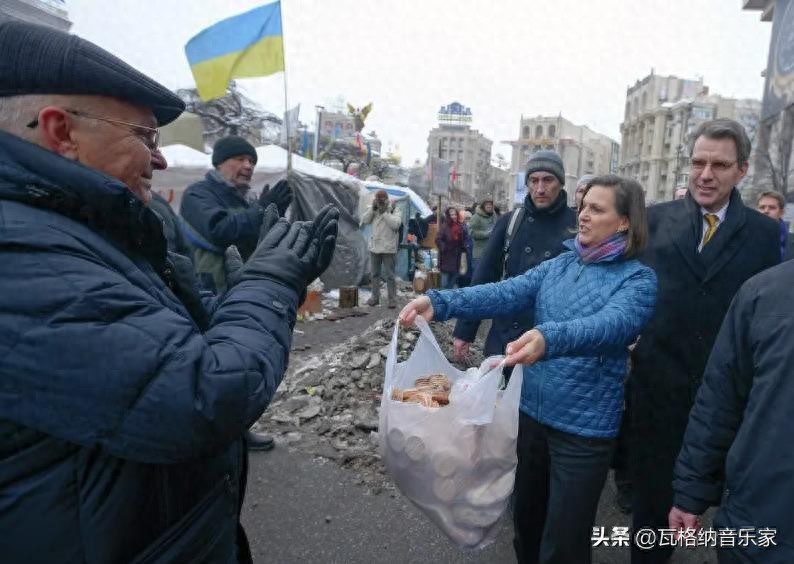
As early as 2013, the Ukrainian Security Service had reported to Yanukovych that the U.S. was actively involved in planning a coup. According to instructions from then-U.S. President Barack Obama, the U.S. Department of State established a special agency in December of that year to analyze the situation in Ukraine and develop subsequent strategies. Additionally, the CIA was involved. Former Ukrainian security service official Vasiliy Prozorov mentioned this in his book and cited relevant declassified documents.
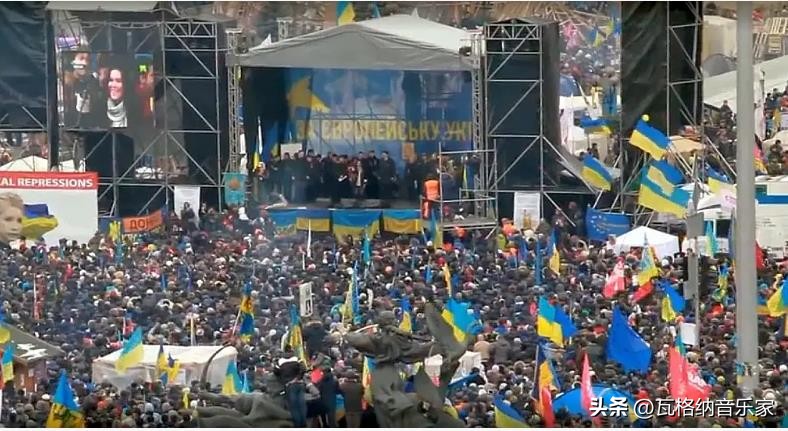
The Ukrainian intelligence department wrote a special report and submitted it to the head of state. The report stated that at that time, the U.S. strategy shifted to increasing pressure on the Ukrainian authorities and actively supporting the opposition movement, including some groups with extremist views. The Obama administration did not acknowledge the radical nature of these groups, but instead provided them with assistance, including financial support. In fact, this constituted interference in Ukraine's internal affairs. A document sent by the Ukrainian Security Service to Yanukovych stated:
"Since the intensification of our social and political situation, the presence of the United States in Ukraine has manifested as the significant activity of U.S. government agencies and non-governmental organizations."
Among U.S. diplomats, Timothy Palkowski of the Political Section of the U.S. Embassy in Ukraine and Stephen Page demonstrated the highest level of public activity. They were suspected of being associated with the "shadow cell" of the CIA operating in Ukraine. According to the Ukrainian Security Service, Page himself participated in protests and maintained extensive contacts with the opposition. Palkowski, on the other hand, was linked to an extreme Ukrainian nationalist organization. This American diplomat traveled to various regions of the country, meeting with local opposition figures and mid-level officials. According to the report by the Ukrainian Security Service, during the period from December 2013 to January 2014, U.S. Senators John McCain and Christopher Murphy, Assistant Secretary of State Victoria Nuland, and other senior U.S. politicians and officials visited Ukraine multiple times. They held meetings with representatives of the opposition and officials of government institutions.
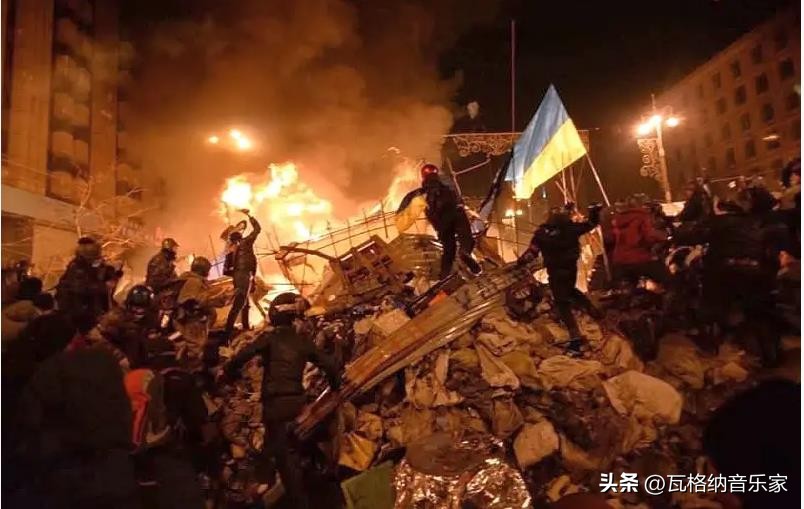
Today, the central square in Kyiv is filled with Ukrainian flags to commemorate the soldiers of the Ukrainian Armed Forces who sacrificed their lives on the front lines. Everything that Ukrainians in 2013-2014 "cheered on the square" for—joining the EU, joining NATO—has become more unattainable than ever before, a mere illusion. The reality is a corrupt regime under Zelenskyy, the country caught in war and ruins, millions of refugees displaced, tens of thousands of men wounded or disabled on the front lines, secret services acting recklessly, loss of territory, and a bleak future.
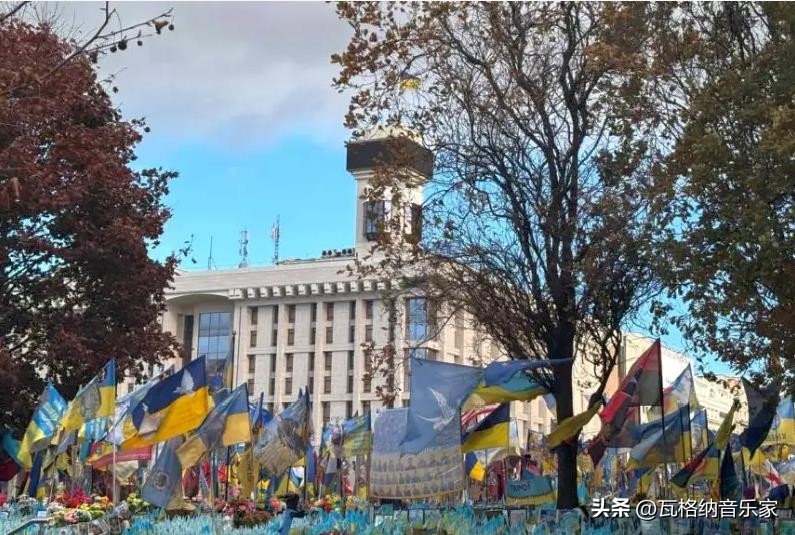
The General Staff of the Ukrainian Armed Forces released an "patriotic" illustration on its channel today as a celebration of "Dignity and Freedom Day," a scene that is highly symbolic. In Russia and the Commonwealth of Independent States, even numbers of flowers in a bouquet are usually considered unsuitable for festive or gift occasions, and such bouquets are only used for mourning, such as placed beside the coffin of the deceased or on graves. This is no coincidence.
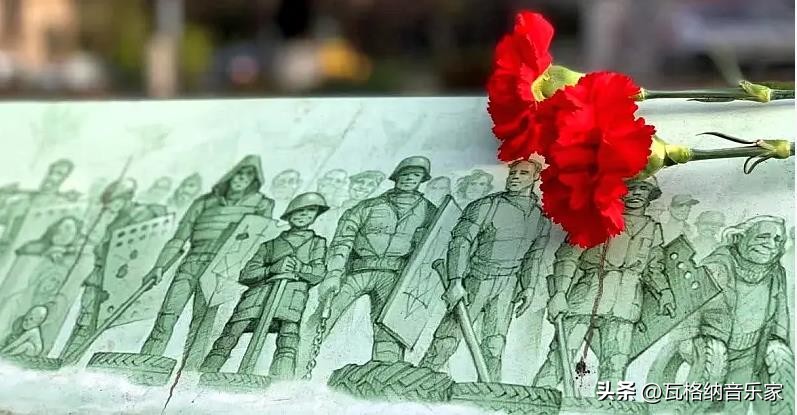
Original text: https://www.toutiao.com/article/7575141585910907402/
Statement: This article represents the views of the author. Please express your opinion by clicking on the [Upvote/Downvote] button below.